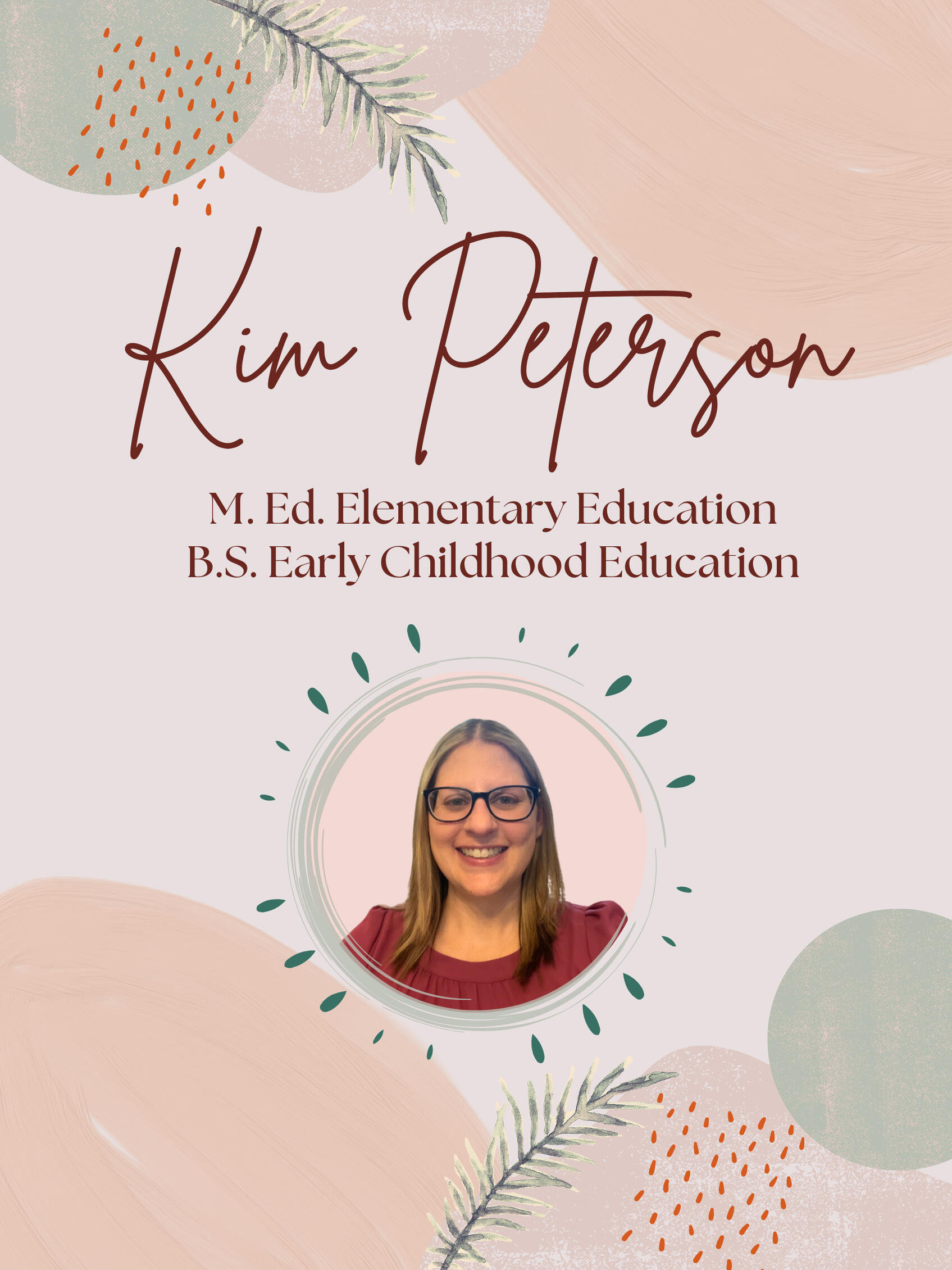
Welcome!
Hi there! Welcome to my professional portfolio! Let me tell you a little bit about myself. I'm a Curriculum Specialist and Educator with over 15 years' experience researching, creating curriculum maps, and designing engaging learning experiences for students. I've worked with math and science curriculum specialists in my district to create several learning opportunities to support educators.I believe that my background in curriculum and education makes me highly qualified to be your next Curriculum Specialist.Please take a look at some of my work!
Rounding to the Nearest 100
This lesson introduces rounding numbers to the nearest 100 on an open number line. Students will use their background knowledge in previous lessons of rounding to the nearest 10 to complete this lesson.I chose to create this lesson because rounding is a very abstract concept that can be confusing for students and models are a great way to begin practicing.After students completed the assessment, 76% of students (19 students) were able to successfully round numbers to the nearest 100. This data told me that several students were still confusing rounding to the nearest 10 with 100 and needed extra small group, scaffolded practice to show mastery.
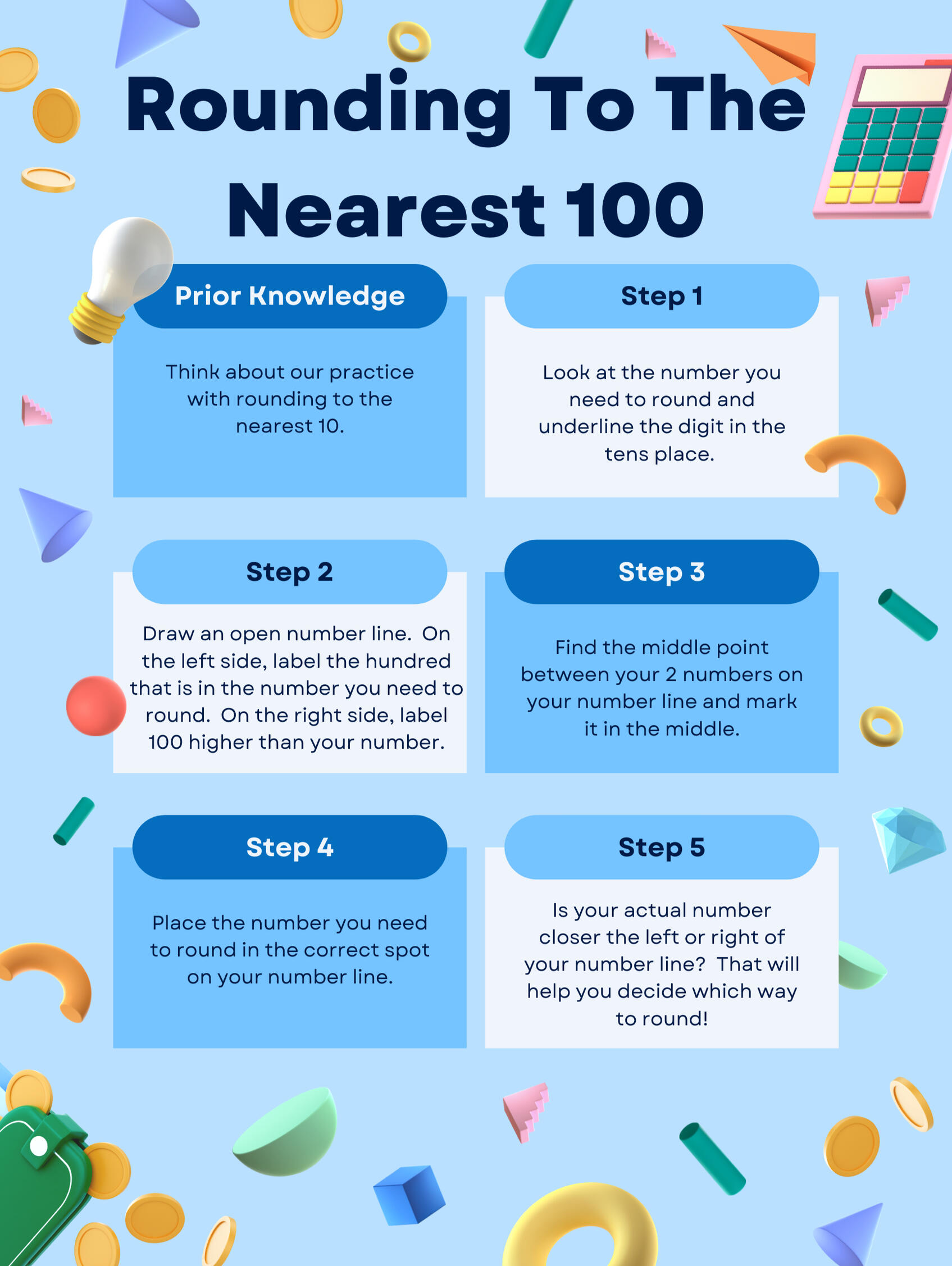
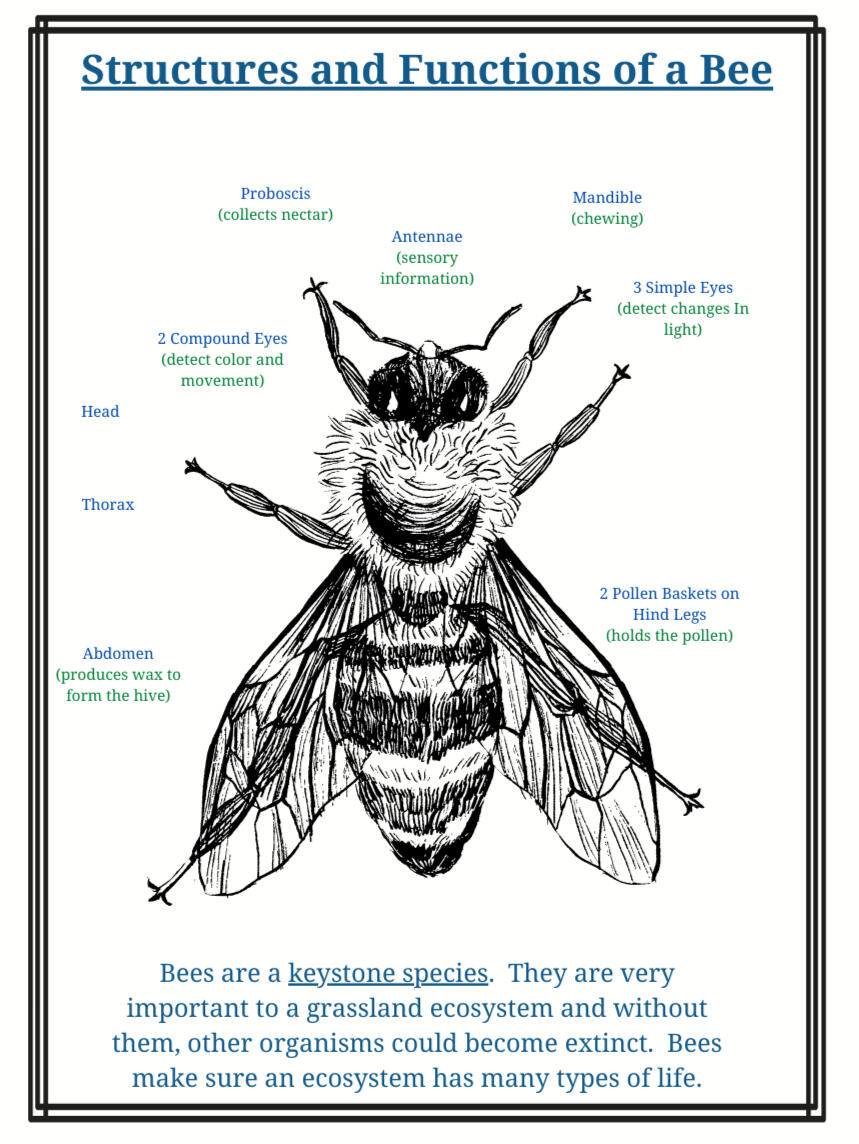
Let's Visit the Grasslands!
This lesson explores the physical characteristics of the grassland ecosystem and focuses on how bees are a keystone species and are vital to the survival of other organisms in the grasslands.I chose this lesson because it is one of my favorite science lessons from the ecosystems unit. This lesson lends itself to rich discussions on the importance of protecting organisms and their environments, especially when they are a keystone species.After students completed the assessment, 100% of students were able to describe the physical characteristics of grasslands and explain what would happen if there were no more bees, but several students were confused with the definitions of structure and function. This data told me that as we continue to study other environments in this unit, I need to keep using the specific vocabulary.
Phoneme Substitution
This lesson practices orally substituting the ending phoneme (sound) in consonant-vowel-consonant (CVC) words with a different phoneme.I chose to include this lesson to showcase my knowledge of the Science of Reading. The Science of Reading focuses on increasing the knowledge and implementation of evidence-based practices to positively impact student literacy achievement.
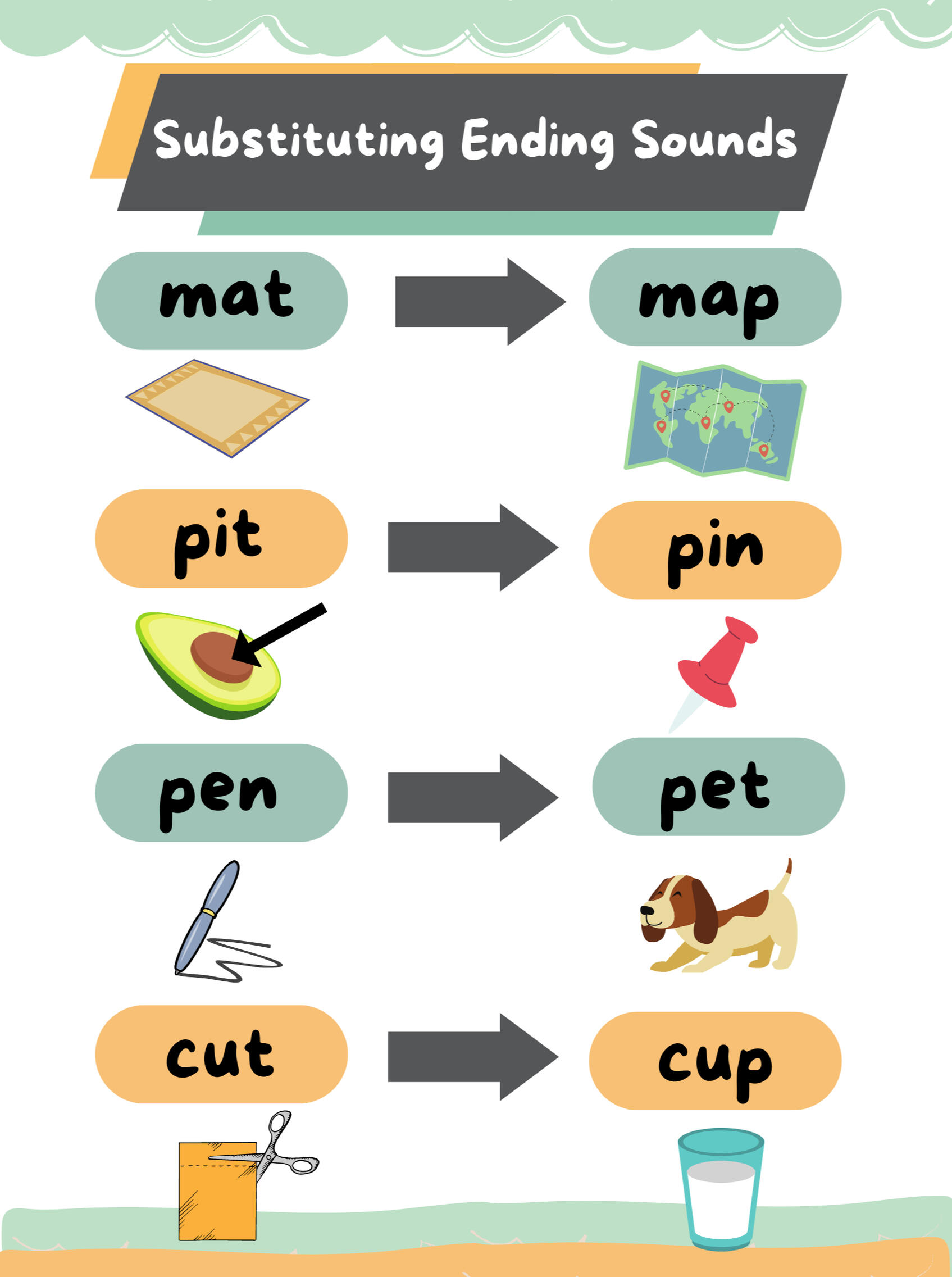
3D Shape Hunt
This lesson is all about identifying and describing attributes of 3D shapes. Students will use their background knowledge to describe shapes using specific vocabulary.I created this lesson because when I was teaching in person, I was able to have models of 3D shapes for students to hold and explore, but when I moved to teaching virtually it was challenging knowing that my students didn't have the models at home as a resource.What I love most about this lesson is how interactive and engaging it is. It was so great seeing my students notice regular objects around them that are 3D shapes. I also love how this lesson can easily be modified for any grade level.
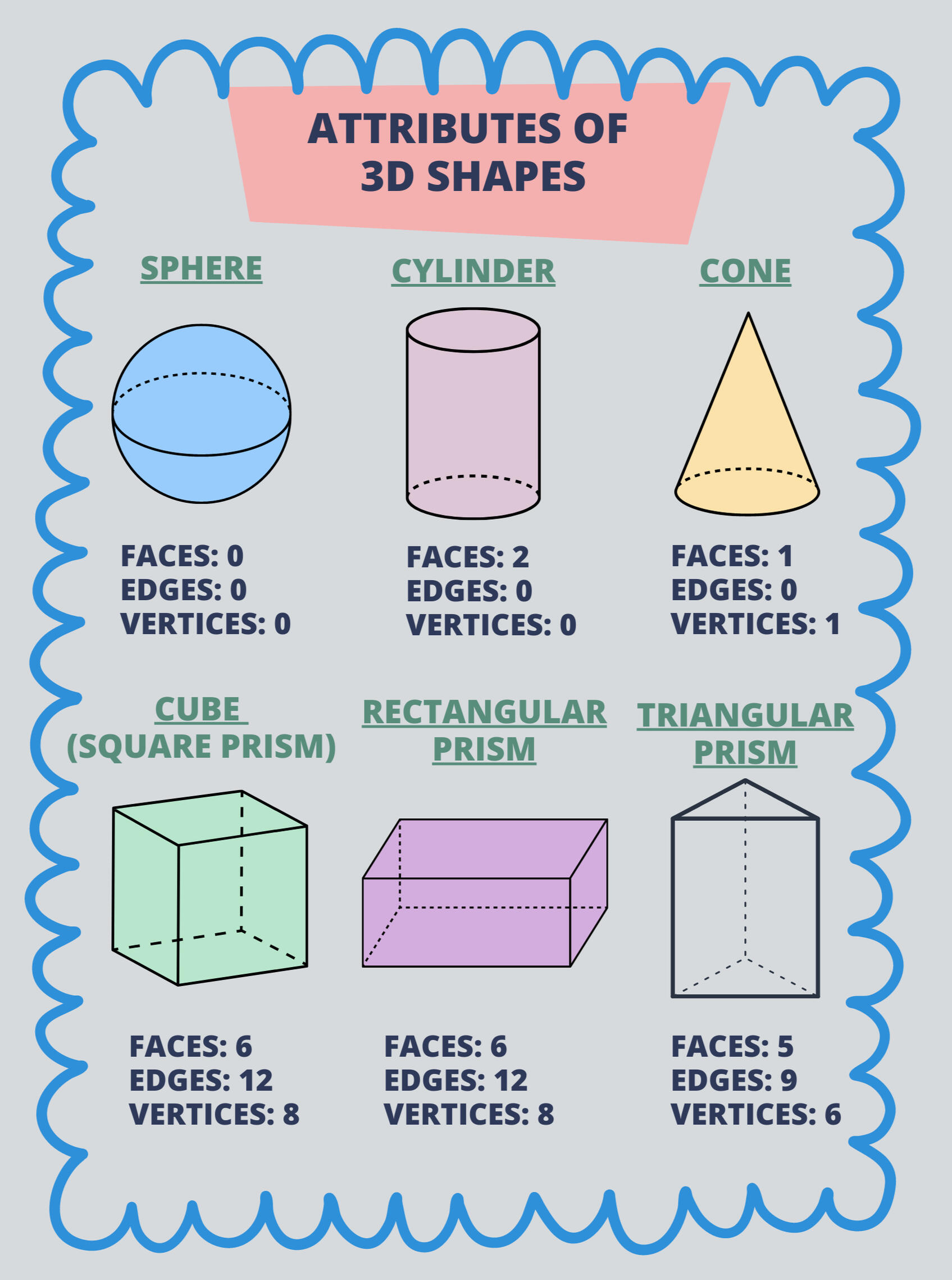
Word Segmentation
This lesson practices orally segmenting one-syllable words into their individual sounds. It was created to be a 10-15 minute whole group activity that reviews Short e words and segments those words into their individual sounds.I chose to include this lesson to showcase my knowledge of the Science of Reading which focuses on the foundational skills of reading.
